Top tips when planning and researching for your next adventure
When I look back on my very first backpacking trip in 2013, I was clueless when it came to the planning. I fell in to so many tourist traps, I spent money on things I really didn’t need to and, had I the knowledge that I have now after 6 years of near constant travelling, there’s a multitude of things I’d have done differently.
That’s not to say I did anything wrong, after all, you do what you know, until you know better. But now, I know so much better. After heading out on countless group tours, executing many solo travel missions and basically travelling the world like crazy – I believe I’ve developed a great formula for planning the ultimate adventure. I know what works, I know how to research and I know how to put together an itinerary for an awesome time.
We all desire different things from adventures so this post isn’t telling you how to adventure it’s more about giving you all the tips and tricks and resources so that you can make sure your chosen adventure is as epic as possible.
Here’s my top tips when planning and researching for your next adventure…
- Get excited early.
If you’re planning the trip of a lifetime, half of the fun is in the lead up. Tell people where you’re going, invite conversation in, invite recommendations in and…
- Note down all of the recommendations you get!
However big or small the recommendation seem, it could be the name of a great coffee spot or an awesome day tour. Whatever you do, don’t rely on remembering it. Tips from friends / people that have been there are priceless and will help you avoid tourist traps. When researching them further, you may also come across other top-secret locations. Save the bait!
- Use Google Maps (My Maps) to plot all your recommendations down
This is something I always do when I’m planning an adventure. It’s such an awesome hack. What am I on about? Once you’ve created your bucket list, input all the locations onto a personalised Google Map so that you can open it up at your disposal, on the go or at home, to navigate. When plotted out on a map, you can also get an idea of where the hotspots are in location to each other and you can play dot-to-dot figuring out the most effective way/route to see it all. Efficiency.
How to create a map: open Google Maps > open menu on the top left > select Your Places > click on the MAPS tab > select CREATE MAP > name your map > create a layer > search your hotspot with the search bar > add it to your map
Exit, come back and add more as you wish! Genius.
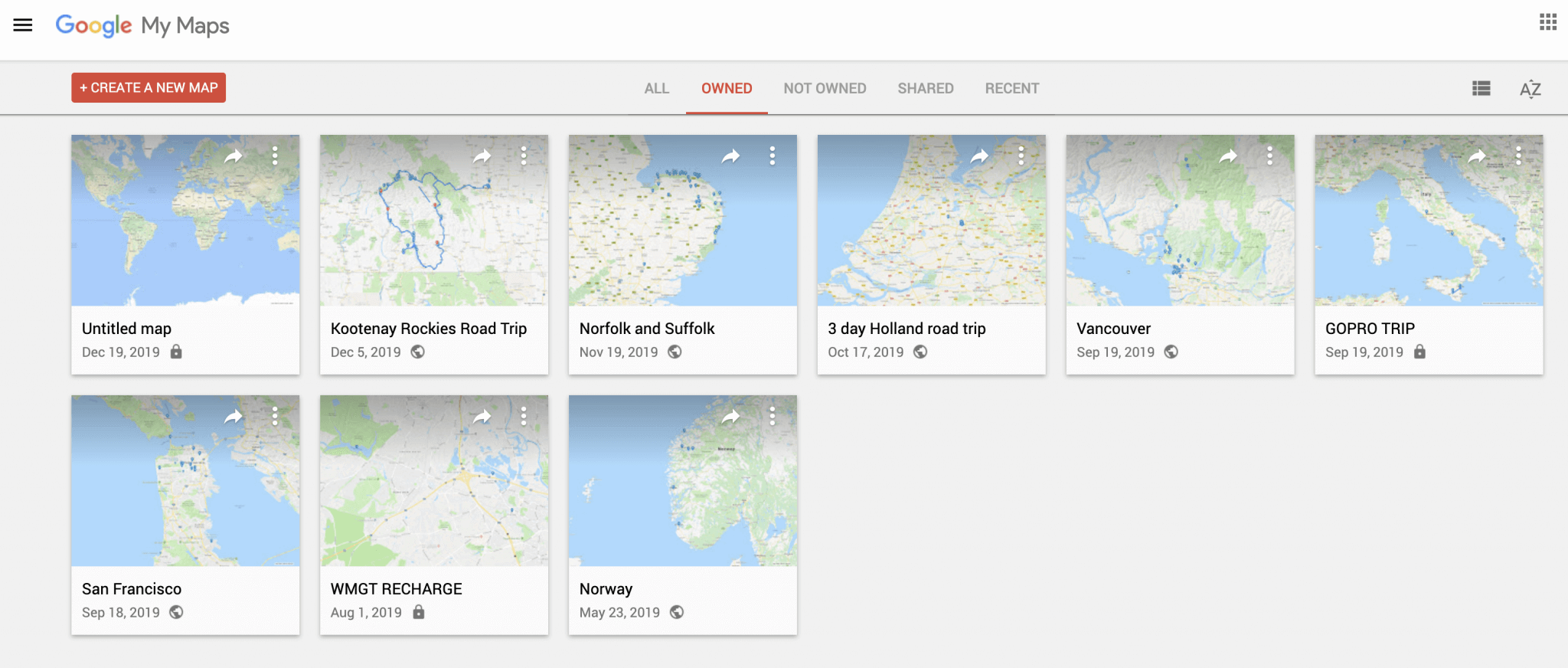
- Collaborate on a planning map, spreadsheet or document with Google Drive!
Google drive is literally my favourite thing ever, particularly when you’re planning an adventure with someone that doesnt live near you. You can both work on and add to the file live and from any location/time zone. Google automatically saves and you can also access your documents offline. For example if you’re creating a Google Map, any number of you can add to it to create one ultimate resource!
Google docs is Googles version of Word.
Google sheets is Googles version of Excel.
Google slides is Googles version of Powerpoint.
- Get yourself on Pinterest, right now.
Pinterest is up there with my essentials when getting inspiration for adventures. As mentioned before, tips and recommendations from people that have been there are priceless. It’s much better reading articles and blog posts written by people / bloggers that have gone off to discover places for themselves as opposed to drawing knowledge from generic top 10 articles and press releases on Google. Soak up peoples knowledge. Type in ‘best things to do in Bali‘ and save all your favourite photos, locations and blog posts to a board for later on.
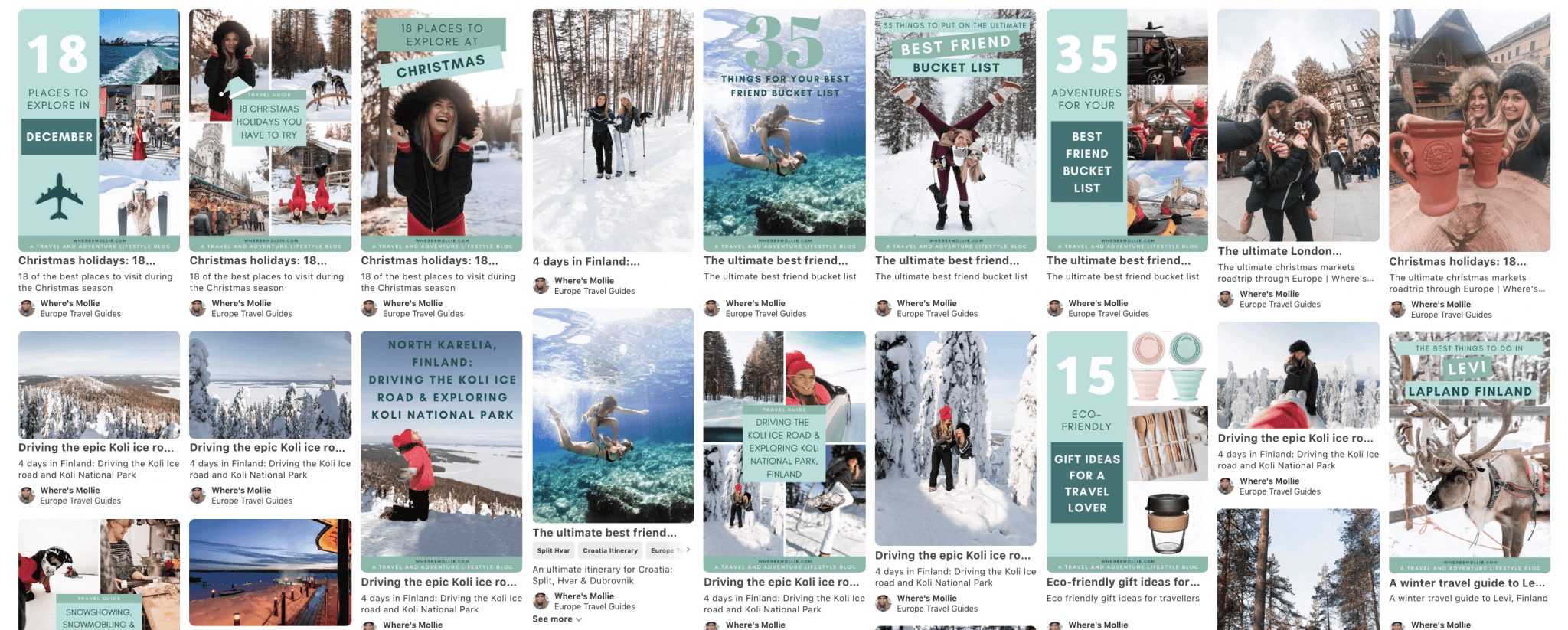
- Use Instagram hash tags!
Search a location / place by # and see what it really looks like there. I always do that if I’ve e.g. seen a beautiful photo of a location in a travel agent / online and I want to check how much it’s been photoshopped / made to look better than it’s reality. Even Instagram is incredibly guilty of selling locations to us as ‘dreamier’ than they actually are so I find it important to use the ‘average persons’ iphone photo to judge if i’d really like to take the time to visit said location.
- Use Instagram official accounts for a country / region
When getting inspired for a trip I like to follow the tourism board’s profile for that country / region. Most countries and local areas / regions will have an official Instagram account and it is on there that they will post the best photos from the public that showcase the best things to check out. For example, before going to Vancouver I searched ‘Vancouver’ in Instagram and found the below…
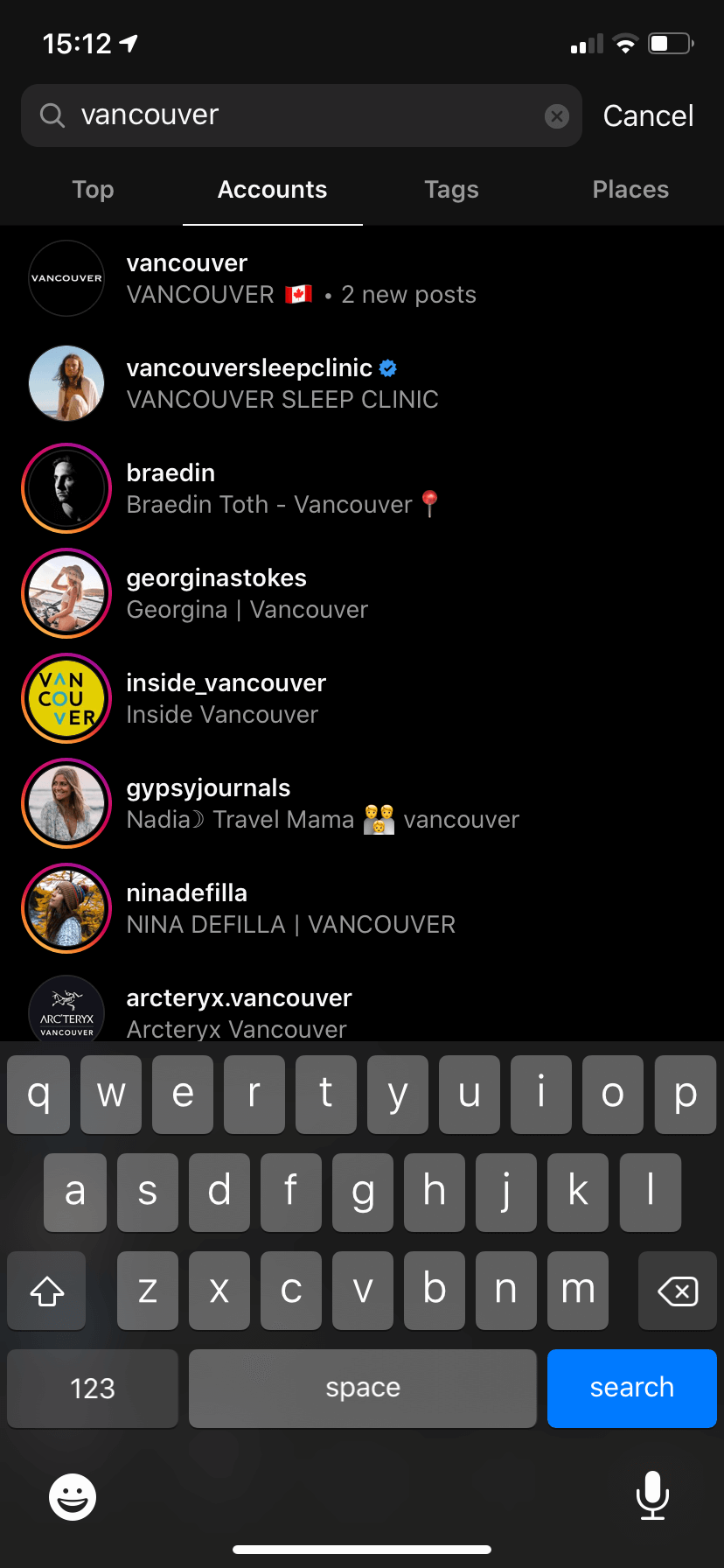
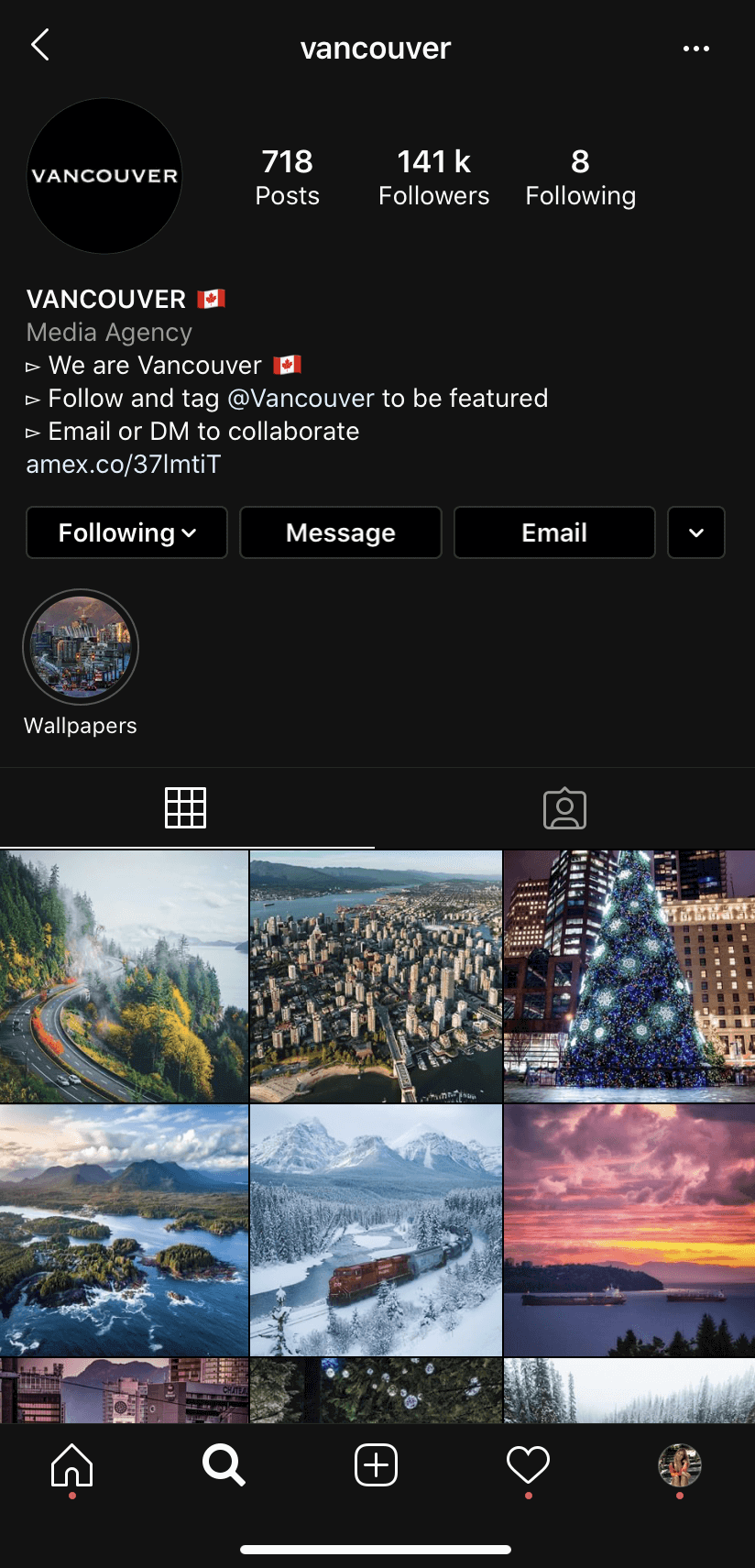
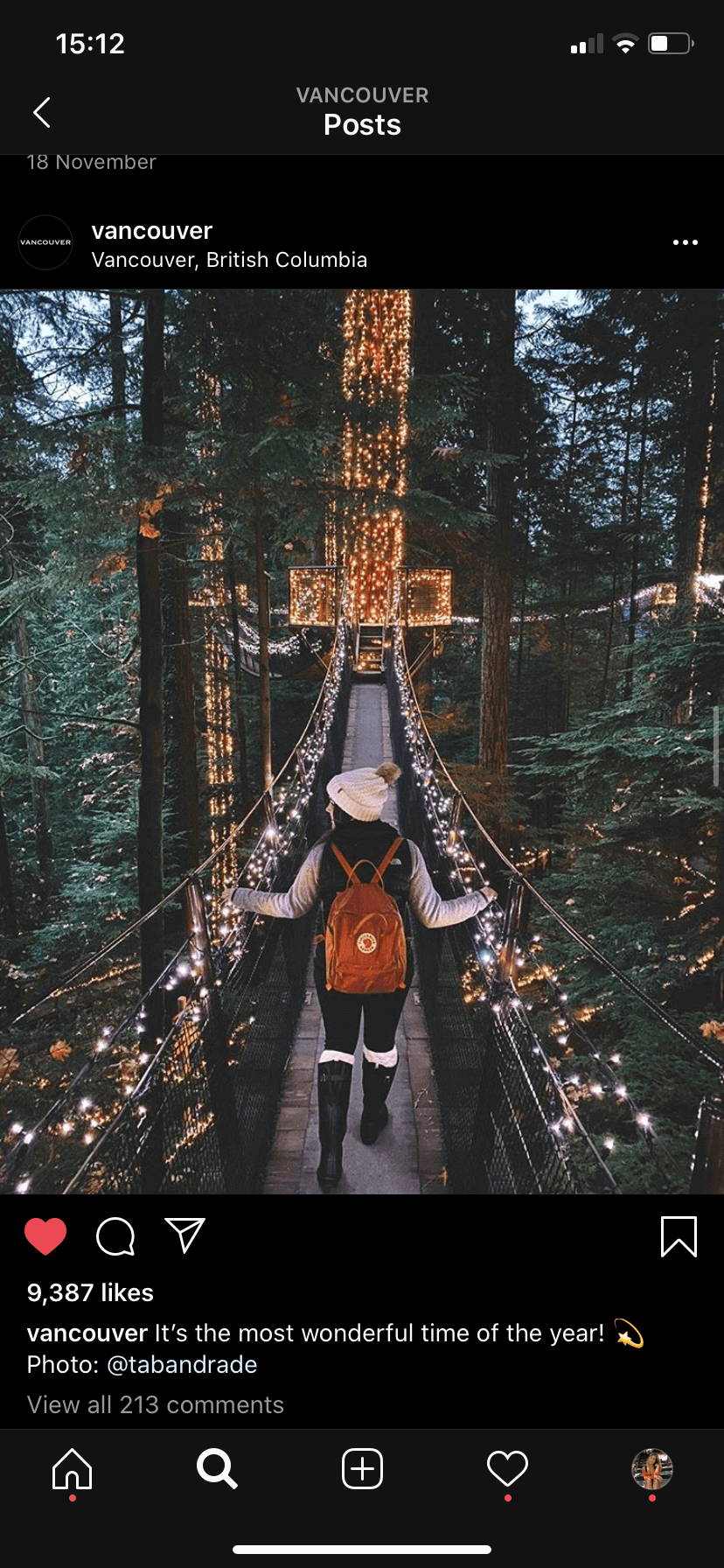
- Take big travel companies and agents advice with a pinch of salt
This was something that as a first-time, vulnerable traveller, I fell for a lot. When you’re lost, unsure of how to navigate your way and looking for advice, going to someone that’s going to make money out of pushing you in a certain direction is often a recipe for disaster. For example many companies on the highstreet in Australia do this. Agent reps see a young, vulnerable backpacker and they make friendly conversation with them, lure them into the shop and secure them onto a trip to get their commission. After you’ve handed your card over, they are on to the next booking. Sometimes you get lucky but i’ve heard more horror stories than not. This is why I’m so passionate about recommending my friend Sammy’s business RatPack Travel. There really aren’t that many honest travel agents out there.
They are useful though, use agents for information and of course book through them if, once you’ve had a look around, they are offering the best deal. Just avoid booking the first thing you see.
When I first when to Australia in 2014, I went to STA travel and paid for a tourist visa through them for £14. Though it doesn’t seem much, tourist visas are actually free for Australia lol. You live and learn.
- Use Airbnb for quirky accommodation that isn’t heavy on the wallet
You’ll hear me talk about Airbnb time and time again and this isn’t because i’m working with them. It’s because, more often than not, it’s the platform I book my accommodation on when planning my adventures. For me, an adventure involves a sense of discovery and of experiencing somewhere or something that feels untouched. When staying in a hotel catering for the masses, though it may have 10 outdoor swimming pools, you often lose that sense of exclusivity.
Airbnb is a way to connect with and book extremely unique venues and home across the world from a Shepherds hut in someones back garden to a treehouse over looking the vineyards. Honestly there’s so many weird wonderful and incredible expeierences on there!
See my bucket list of magical Airbnb stays in the UK here.
Get money off your first Airbnb booking here
- Read blogs!
I know I can vouch for that fact that nothing you read on this blog is make up or doesn’t come from personal experience. I, along with many other bloggers, pour my heart and soul into travel guides so use them!
Here’s a few posts on my blog to inspire your next destination / adventure…
Other posts on my blog that I think you’d like…VIEW ALL
14 solo adventures to go on in your lifetime
13 reasons why you’ll fall in love with London
A guide to planning a British Columbia road trip, Canada
15 USA National Parks you must visit
Hidden gems in Europe: 10 places you must visit in Europe
A bucket list of festivals around the world
A bucket list of wellness retreats for you to go on
An epic road trip bucket list for the UK & Europe
Cairns to Sydney: The alternative East Coast Australia bucket list
The ultimate 8-day itinerary for Croatia: Split, Hvar & Dubrovnik
11 reasons you MUST add Vorarlberg, Austria to your bucket list
35 bucket list adventures to go on with your best friend
10 reasons to celebrate being single in your 20’s
What are your top tips when planning an adventure?
I’d love to know!?
Love as always and happy adventuring,
Mollie.

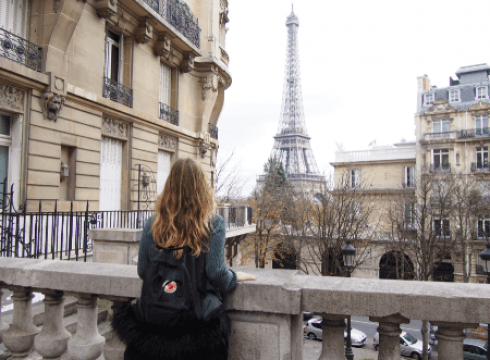
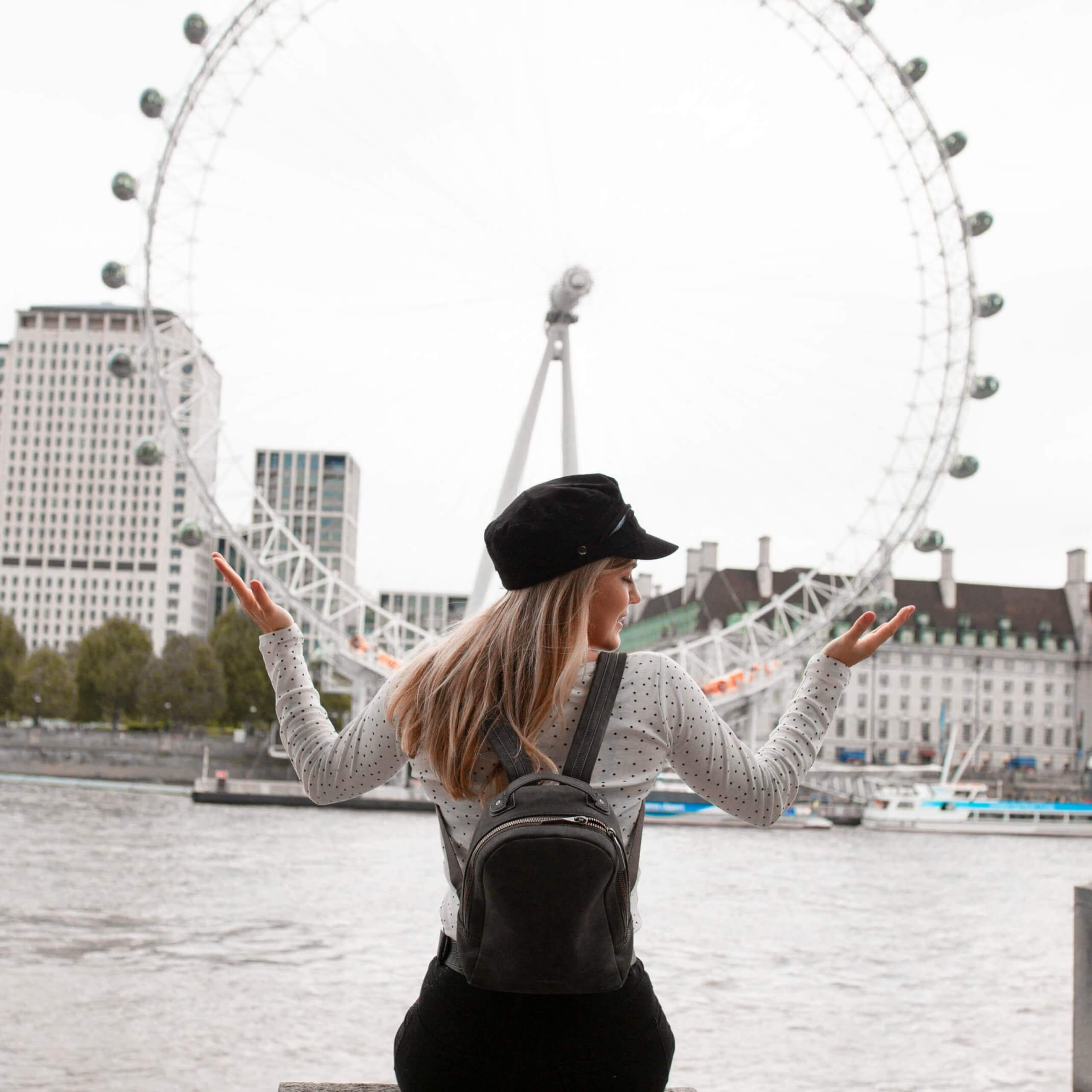
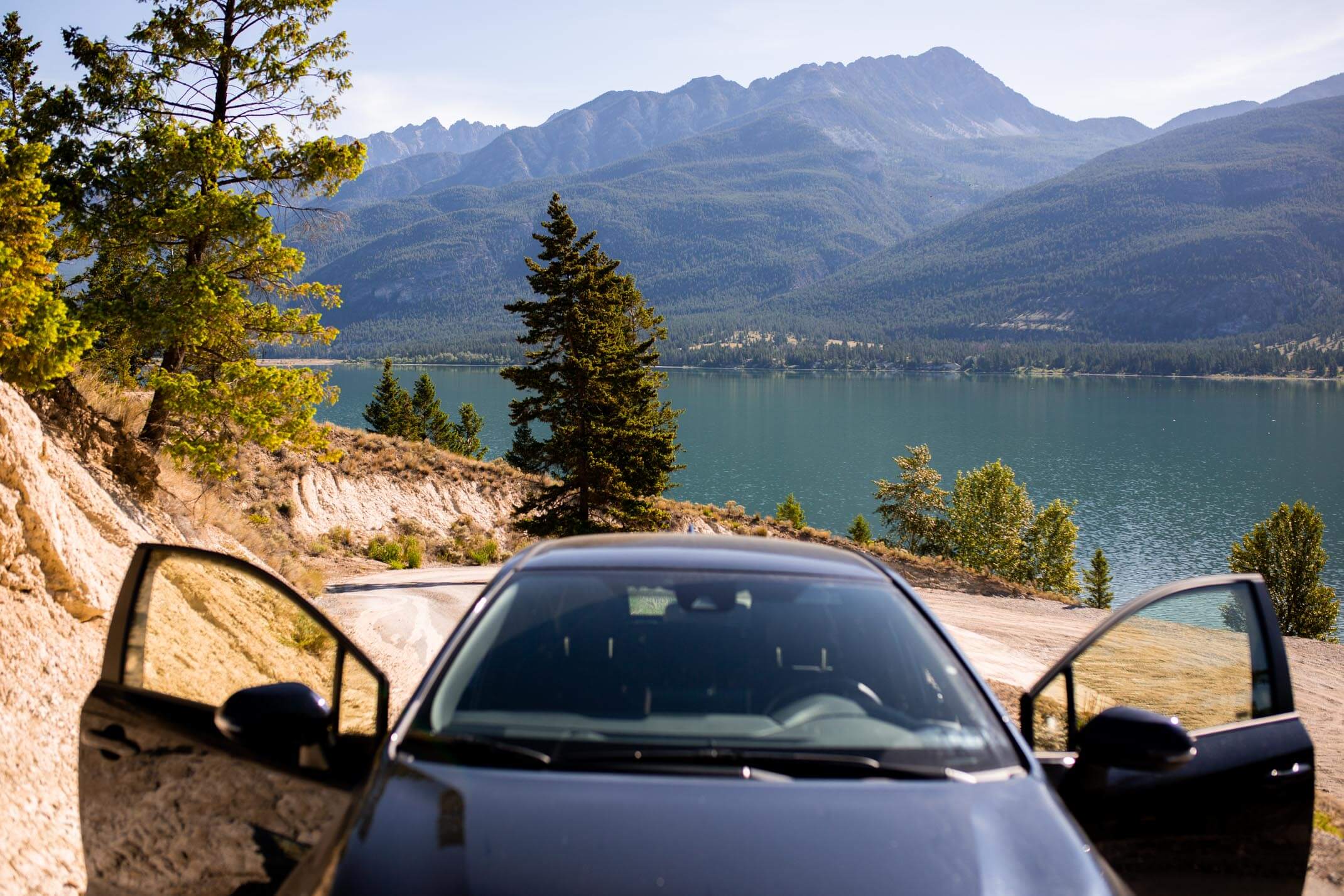
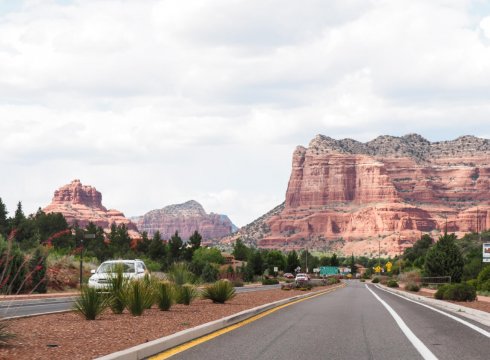
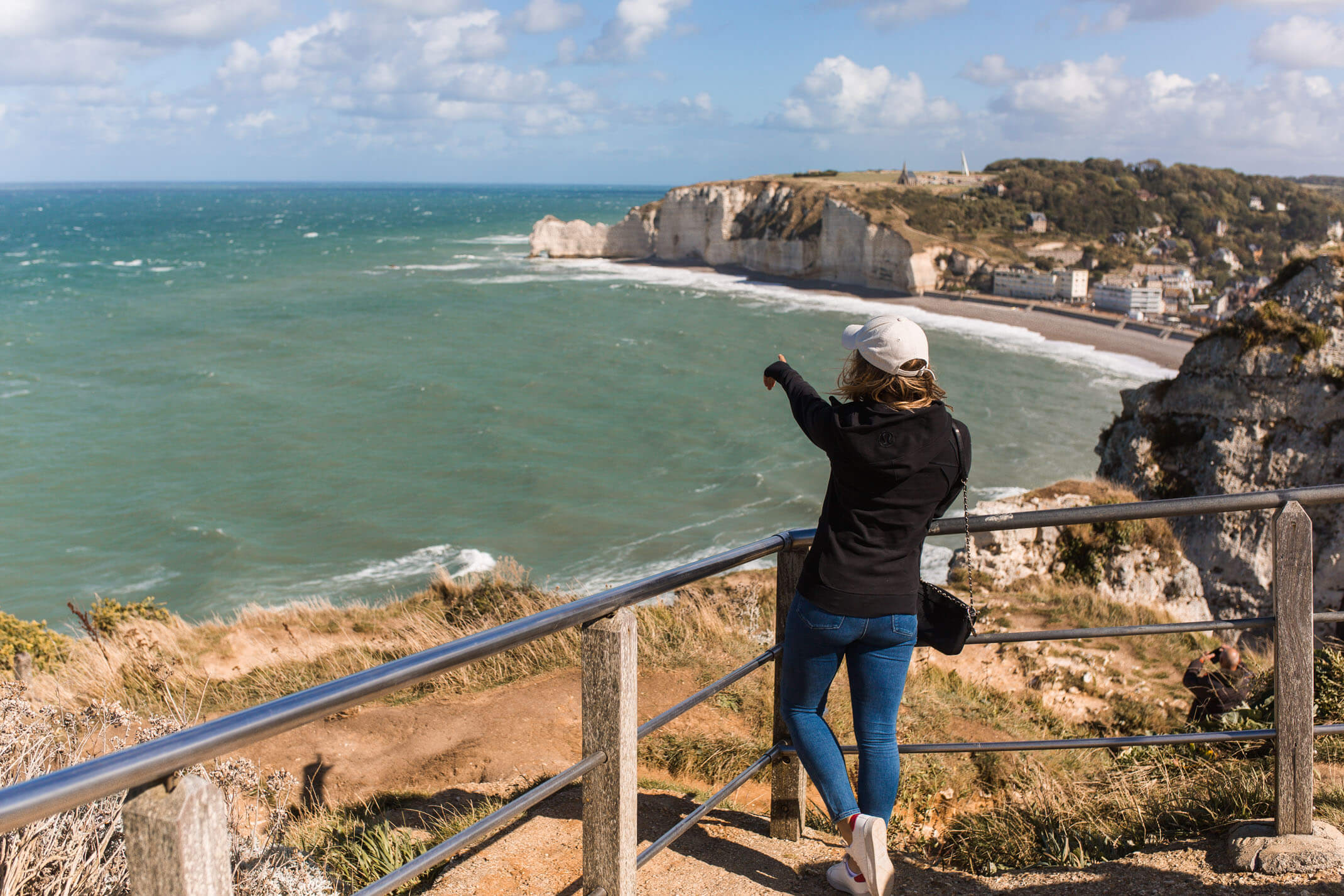
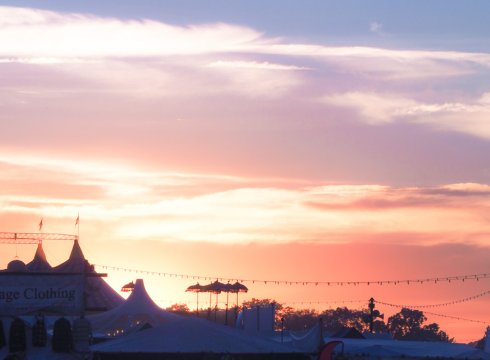
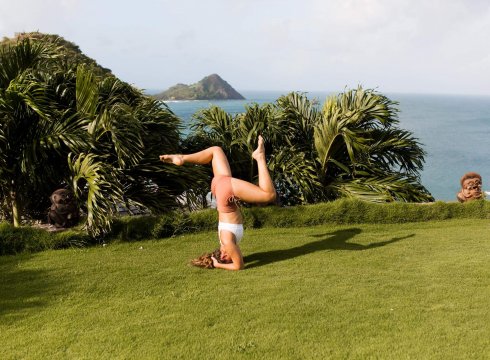
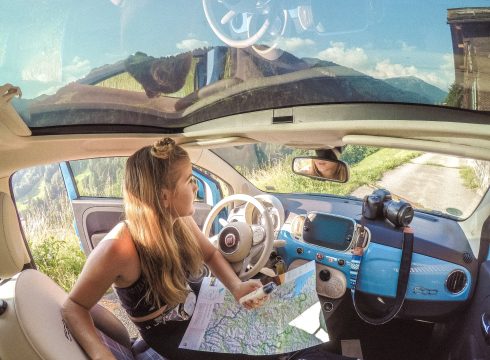
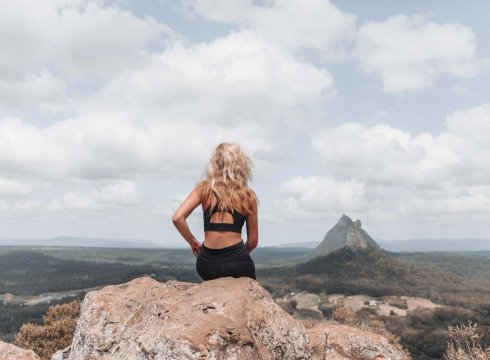
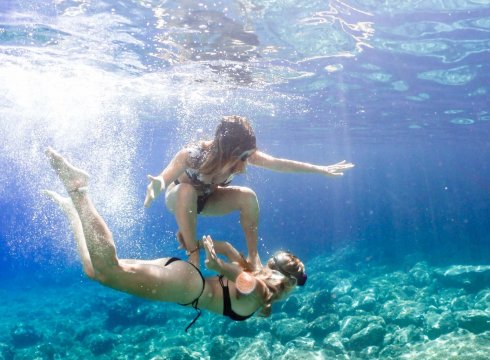
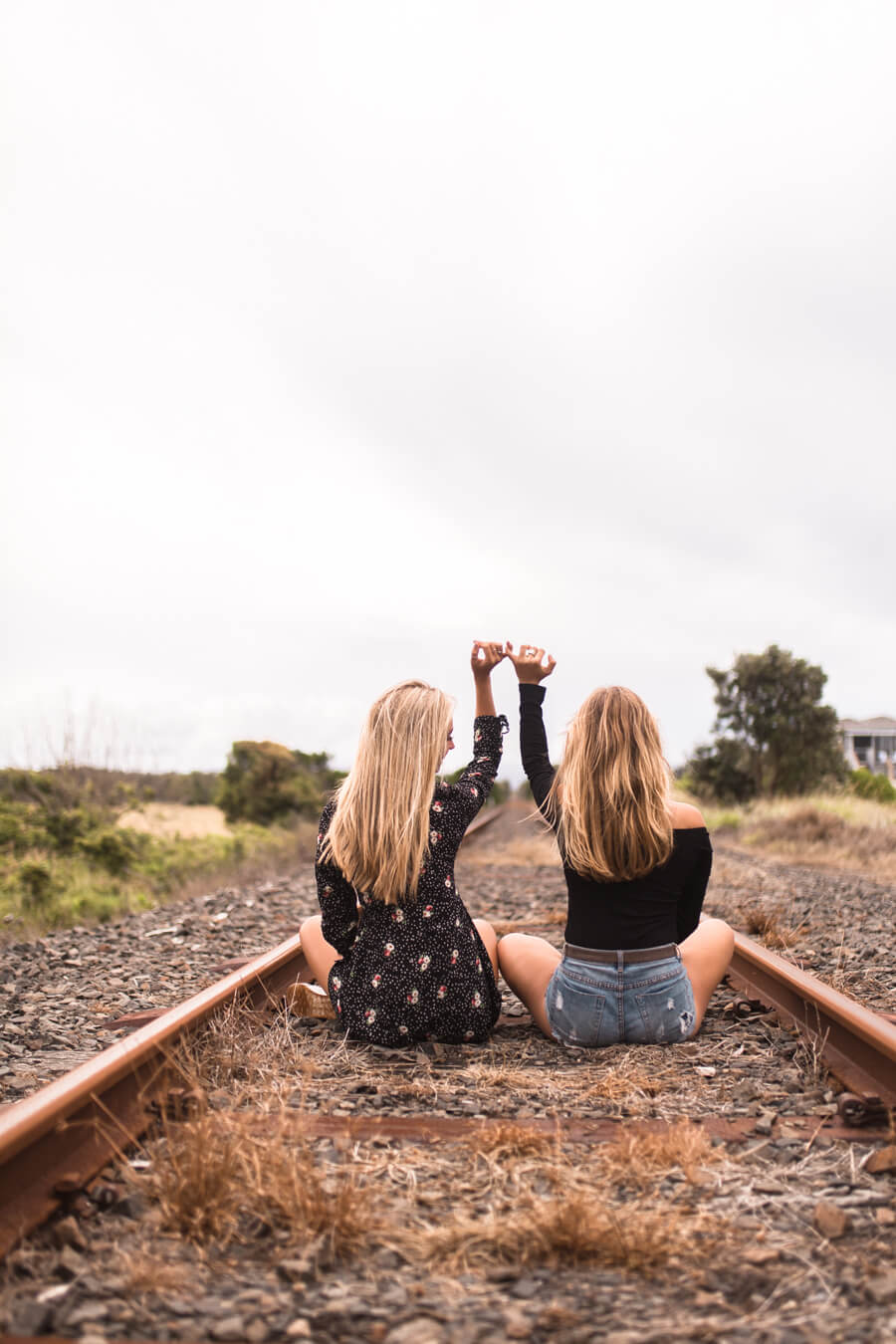
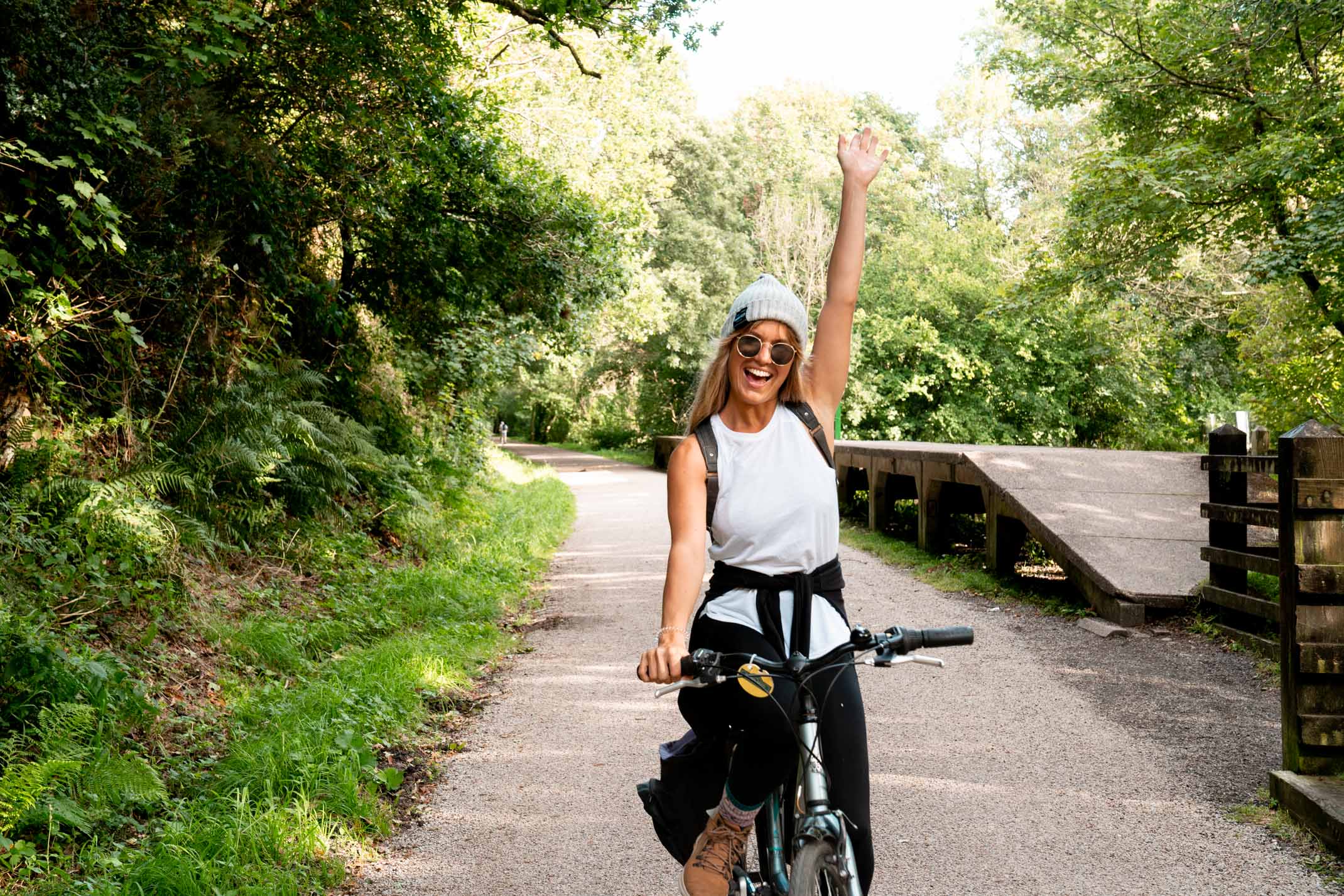
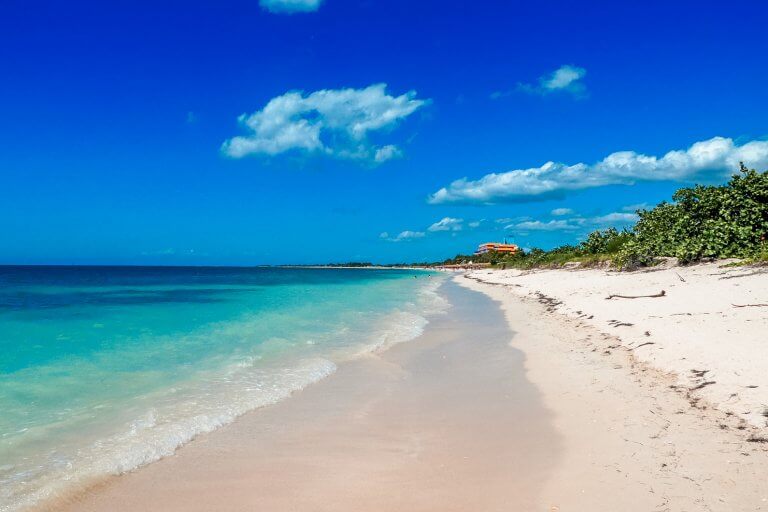
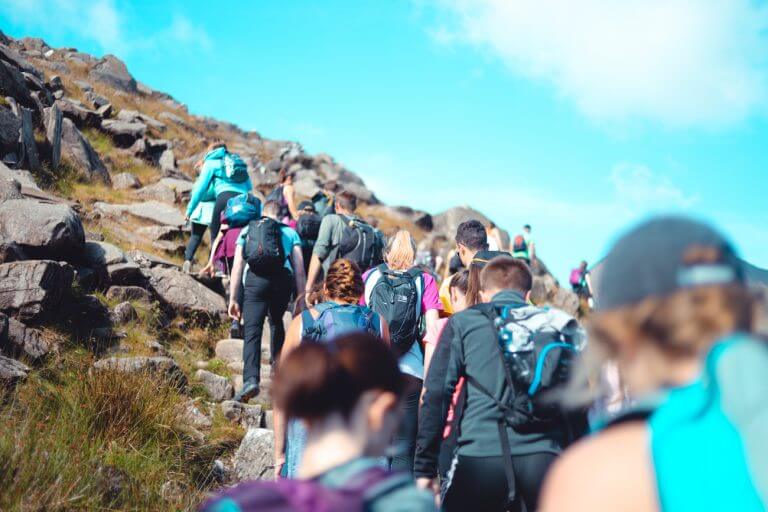

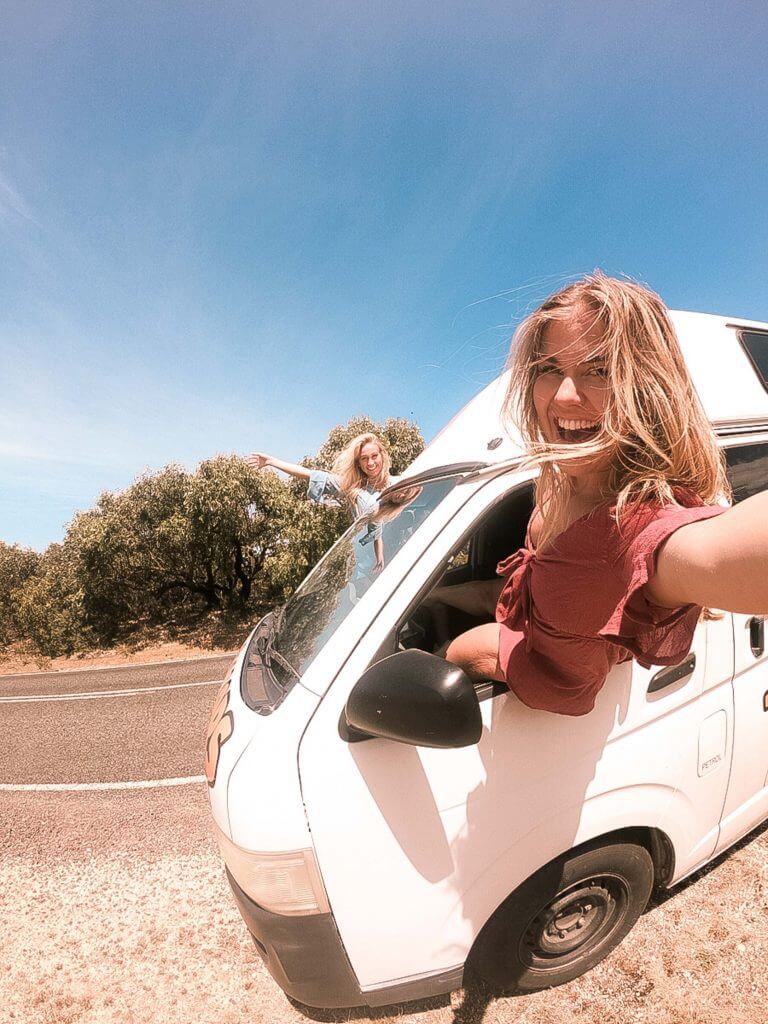
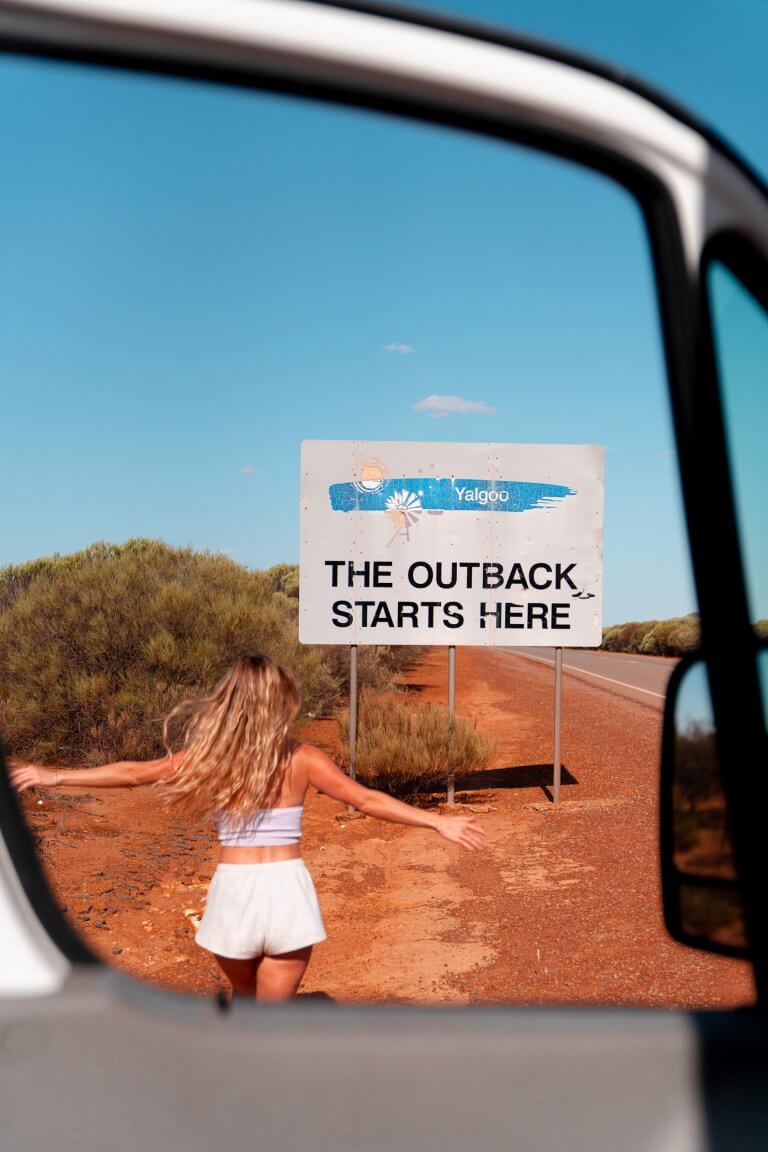
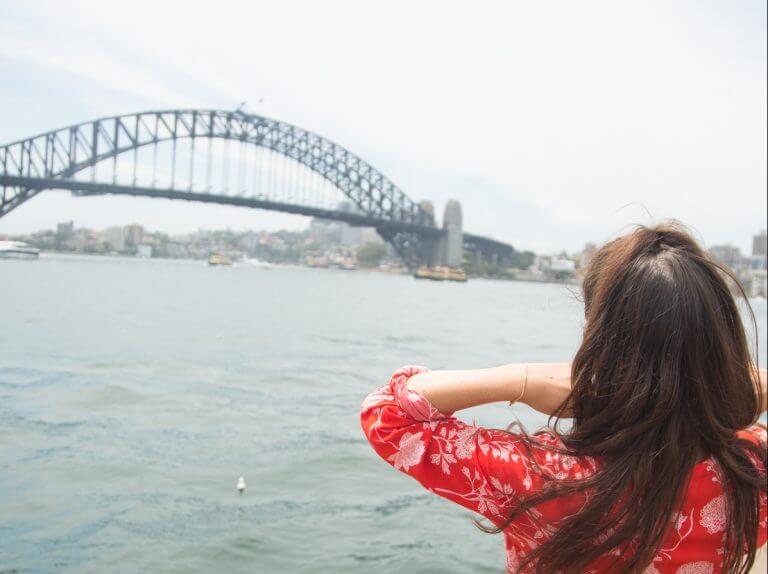
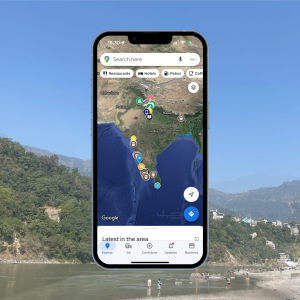 India Google Map Legend
India Google Map Legend  Cornwall Google Map Legend
Cornwall Google Map Legend  Portugal Google Map Legend
Portugal Google Map Legend  Western Norway Google Map Legend
Western Norway Google Map Legend  Costa Rica Google Map Legend
Costa Rica Google Map Legend  Mexico Google Map Legend
Mexico Google Map Legend 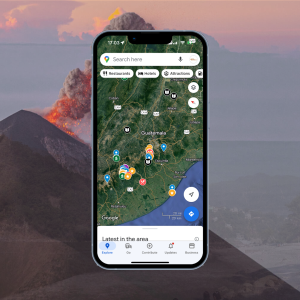 Guatemala Google Map Legend
Guatemala Google Map Legend  Devon Google Map Legend
Devon Google Map Legend  Australia Google Map Legend
Australia Google Map Legend  UK National Parks Google Map Legend
UK National Parks Google Map Legend  Sri Lanka Google Map Legend
Sri Lanka Google Map Legend  Scotland Google Map Legend
Scotland Google Map Legend  Wales Google Map Legend
Wales Google Map Legend